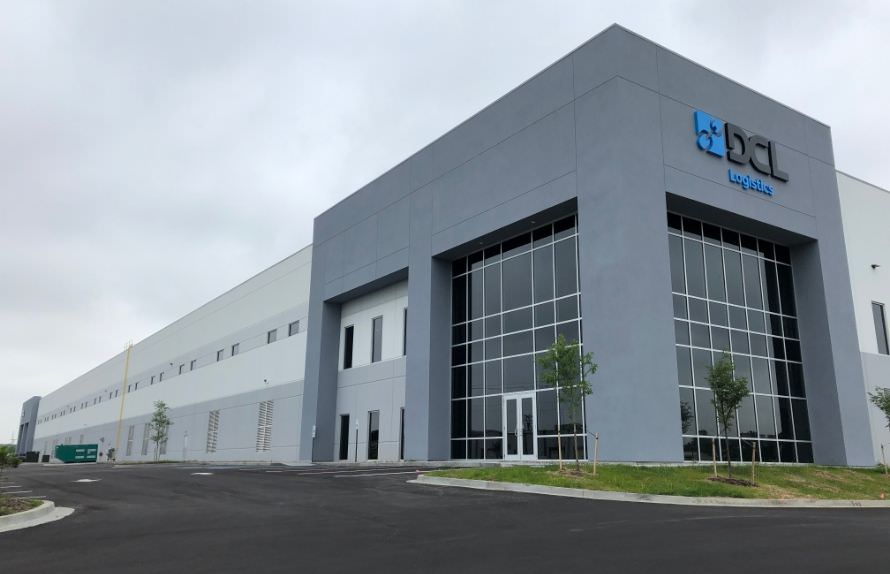
Just-in-case inventory is an inventory management strategy that emphasizes maintaining higher stock levels to act as a safety net against supply chain disruptions, demand surges, or unforeseen events. Unlike the just-in-time (JIT) approach, which focuses on minimizing stock and delivering goods precisely when needed, just-in-case inventory ensures companies can meet customer demand even in challenging circumstances.
The Role of Just-in-Case Inventory in Supply Chain Management
In supply chain management, just-in-case (JIC) inventory provides a buffer against uncertainties such as natural disasters, supplier delays, or unexpected demand spikes. Businesses adopting a JIC strategy often prioritize safety stock—extra inventory held to prevent stockouts—to keep operations running smoothly. This approach is particularly valuable in industries where lead times are long, customer satisfaction is critical, and supply chain reliability cannot be guaranteed.
Advantages of Just-in-Case Inventory
- Minimized Risk of Stockouts: With JIC inventory, businesses reduce the likelihood of running out of stock during demand spikes or supply chain disruptions. This ensures customer satisfaction and helps maintain profitability.
- Improved Customer Satisfaction: By always having sufficient stock levels, companies can fulfill customer orders promptly, building trust and loyalty.
- Flexibility in Demand Fluctuations: JIC inventory enables companies to adapt to demand fluctuations without disrupting the production process or delaying shipments.
- Reduced Backorders: Excess inventory ensures businesses can avoid backorders, enhancing their reputation and maintaining smooth operations.
Drawbacks of Just-in-Case Inventory
While JIC inventory offers significant benefits, it also comes with challenges:
- Higher Carrying Costs: Storing large quantities of inventory increases carrying costs, including warehousing, insurance, and holding costs.
- Risk of Obsolescence: Excess inventory may become obsolete, especially in industries with rapidly changing customer preferences or technology advancements.
- Impact on Cash Flow: Maintaining higher inventory levels ties up working capital, potentially affecting a company’s cash flow and investment opportunities.
- Increased Storage Costs: Businesses may need larger warehousing facilities, leading to higher operational expenses.
Comparing Just-in-Case (JIC) and Just-in-Time (JIT) Inventory
Key Differences
- Stock Levels: JIC focuses on maintaining safety stock to prepare for unexpected events, while JIT minimizes inventory by aligning procurement and production with real-time demand.
- Lead Times: JIC is ideal for longer lead times, ensuring that raw materials and finished goods are available when needed.
- Risk Tolerance: JIC prioritizes a safety net approach, whereas JIT relies on efficient forecasting and reliable suppliers to mitigate the risk of shortages.
Balancing JIC and JIT Strategies
Many companies adopt a hybrid approach, leveraging the strengths of both JIC and JIT inventory systems. For example, they may maintain safety stock for critical components while using JIT for non-essential items to streamline operations and optimize inventory costs.
Importance of Forecasting in Just-in-Case Inventory Management
Accurate demand forecasting plays a pivotal role in the success of a JIC inventory strategy. By analyzing historical data, market trends, and customer behavior, businesses can determine optimal stock levels to minimize excess inventory while reducing the risk of stockouts.
Tools and Techniques for Forecasting
- Inventory Management Software: Modern inventory management systems provide real-time insights into stock levels, helping businesses plan replenishment effectively.
- Demand Forecasting Models: Techniques such as moving averages, regression analysis, and machine learning algorithms enable businesses to predict customer demand with precision.
- Collaboration with Suppliers: Working closely with reliable suppliers ensures timely procurement of raw materials and minimizes lead times.
How Just-in-Case Inventory Addresses Supply Chain Disruptions
JIC inventory acts as a safety net during supply chain disruptions caused by events like pandemics, natural disasters, or geopolitical tensions. By maintaining higher inventory levels, companies can continue meeting customer demand even when supply chains are strained.
Optimizing Just-in-Case Inventory Management
To maximize the benefits of JIC inventory while mitigating its drawbacks, businesses can adopt the following practices:
- Leverage Technology: Use advanced inventory management software to monitor stock levels, forecast demand, and automate replenishment processes.
- Analyze Inventory Costs: Regularly evaluate storage, carrying, and holding costs to identify opportunities for cost savings.
- Implement Safety Stock Calculations: Calculate optimal safety stock levels based on lead times, demand variability, and desired service levels.
- Diversify Suppliers: Collaborate with multiple suppliers to reduce dependency on a single source and ensure consistent availability of raw materials.
Real-World Applications of JIC Inventory
Retailers and Seasonal Demand
Retailers often use JIC inventory to prepare for seasonal demand spikes, such as holidays or back-to-school seasons. This approach ensures they can meet customer demand without facing stockouts or delays.
Manufacturing and Critical Components
In manufacturing, JIC inventory is essential for critical components that have long lead times or are prone to shortages. By maintaining a safety stock, manufacturers can avoid production delays and ensure timely delivery of finished goods.
Healthcare and Emergency Supplies
The healthcare industry relies on JIC inventory for essential supplies like medicines, personal protective equipment (PPE), and medical devices. This ensures readiness to respond to emergencies and maintain patient care.
Bottom Line
Just-in-case inventory remains a vital strategy for businesses navigating unpredictable demand, supply chain disruptions, and long lead times. While it comes with challenges such as higher carrying and storage costs, its ability to enhance customer satisfaction, prevent stockouts, and provide a safety net during crises makes it indispensable in certain industries. By combining accurate demand forecasting, advanced inventory management systems, and a balanced approach to inventory strategies, companies can optimize their JIC inventory.
Need help with inventory management? Be sure to review the list of services we offer, including ecommerce fulfillment, retail fulfillment, Amazon fulfillment services, reverse logistics, transportation management, and kitting & assembly.







